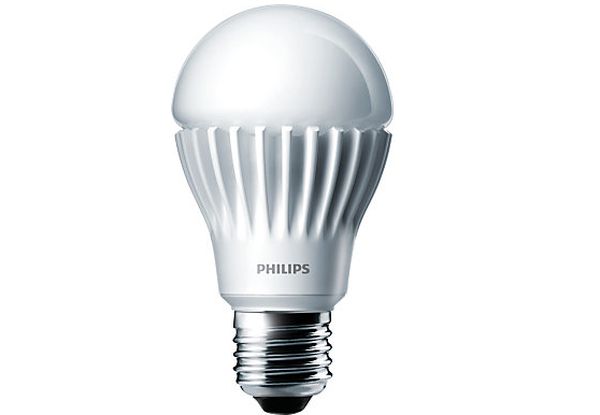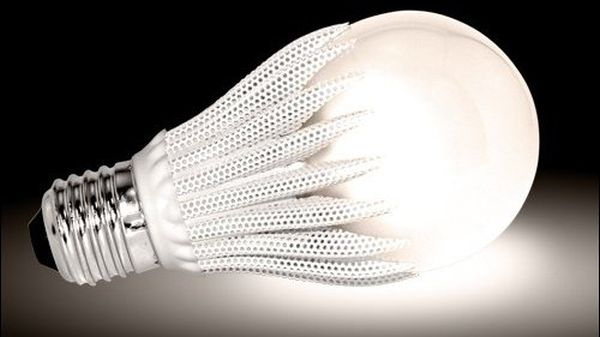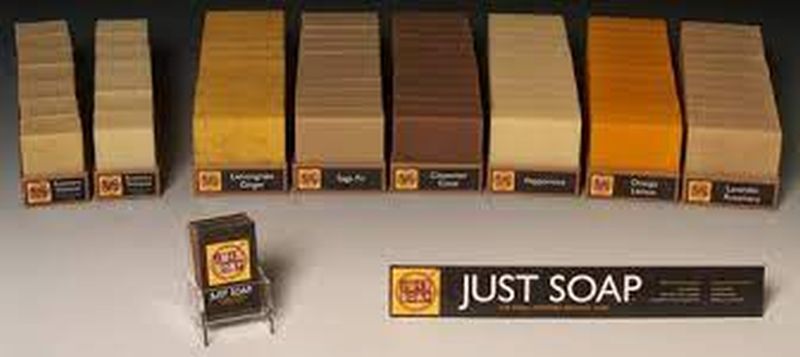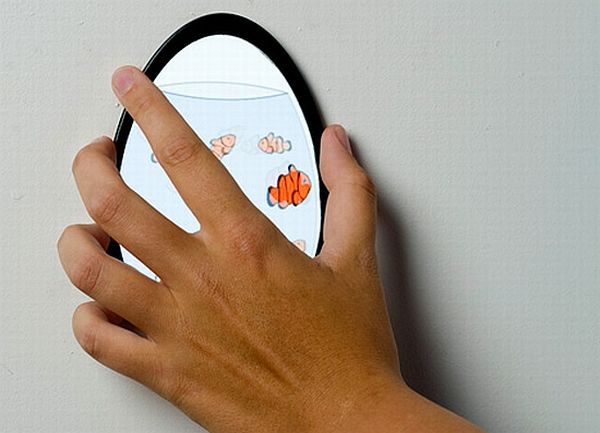In our modernistic setting, we take those multitudes of imposing street lights, or the forest of vivacious neon advertisements, or even our simple room bulb for granted. But from a pure technological perspective, lighting is one of those momentous instances where mankind has been successful in controlling (and guiding) his natural environment, to his own great advantage. Just imagine the mayhem to be caused, if the traffic streets went totally dark during night!

But on the other hand, with the high magnitude of artificial lighting all over the world, there is an effect of ‘overload’ on our resources and electricity. So, is there any way to efficiently handle this massive scope of power hungry over-illumination, without sacrificing our infrastructural needs? The answer is certainly yes, with adoption of more efficient and advanced lighting systems.
The need for energy-efficient lighting:
As we mentioned, in the current scenario, we are certainly facing an unprecedented form of light pollution. The adverse effects are varied from mundane sky glows, limited night visibility to massive quantities of energy wastage. Even if we focus our attention from an expansive societal scale to our local micro level, the bulk of our daily lighting fixtures (especially in developing countries) are still affected with inefficient technology and outdated norms. In relation to this, some governments have already started to phase out the ineffectual systems of high energy consuming incandescent light bulbs in public areas.
The evolution of LEDs:
With incandescent lighting systems giving way to CFLs (Compact Fluorescent Lamps), the technological progression is certainly tilted in the right direction. Alluding to this righteous trend, the LEDs (Light Emitting Diodes) have burst into the commercial scheme of things with their relatively high efficiency and longevity.
Envisaged as a semiconductor lighting source, initially their credible testing phase was developed by Nick Holonyak Jr., back in 1962. Though extremely costly (at $200 per unit) and impractical during that time, the intense (and efficacious) developmental process righteously pushed the LEDs into specific usages for laboratory and electronics test equipment. By the 70’s, these bantam diodes made their way into commercial appliances such as TVs, radios, calculators and even watches. Finally, coming into the 90’s, it was Shuji Nakamura of Nichia Corporation who demonstrated the first high-brightness blue LED. Improving upon its massive potential (as light source), future researchers came across the advanced white LED with enhanced brightness, which had the true capacity to pose as savior of our artificial lighting systems.
The benefits of LEDs:
The fervent development of LEDs in the recent years has allowed an exponential increment in light output and efficiency (with a doubling effect occurring about every 36 months, according to Moore’s Law). With this comprehensive impact of advancement, we surely are looking at a myriad of benefits provided by LEDs.
1. Long life
Reports vary over their magnitude of longevity, but generally LED systems are marked at 35,000 to 50,000 hours of useful life. In comparison, good CFL products have around 15,000 hours, while incandescent lamps are marked at a woefully low range of 1,000–2,000 hours.
2. Energy Efficiency
LEDs emit more light per watt than average incandescent lamps or bulbs. But more importantly, their efficiency is not affected by their size or shape (as is unfortunately seen in CFLs), thus making them conducive to different situations.
3. Maintenance free operation
Generally, LEDs exhibit a hardier side of lighting, with intrinsic resistance to external shock and damage. This is because such systems comprise of solid state components and that too in a pretty compact design. So, as an advantageous factor, these lights do not require routine maintenance for their continuously optimized performance.
4. Reliability
In relation to user safety, most LEDs (or devices containing LEDs) are classified as “safe under all conditions of normal use”. Moreover, LEDs generally fail by dimming over time (as opposed to a completely abrupt failure). This is turn accentuates upon the level of overall user oriented reliability.
5. Environmental benefits
In comparison to most light sources, LEDs actually emanate a lesser amount of heat in form of infrared radiation. This mitigates the adverse effects of such illumination on objects and fabrics in close proximity. Furthermore, wasted energy is dissipated as heat, while the disposal problems are eliminated due to the long life of the diode lights.
New lighting possibilities:
1. A19 LED Light Bulb

Price: $19.98
Designed by Korean giant Samsung, their A19 bulbs have been exclusively contrived for optimized user convenience. Touted to consume up to 75 percent less energy than a 40W incandescent bulb, these bulbs can save over $132 for a single customer. As for their crisp lighting attributes, they have instant turn-on feature, along with almost zero level of UV and infrared emanation.
2. Philips LED A60 ES Bulb, 9Wb

Price: $30
The gorgeous design of Philips A60 ES Bulb is complimented by its unique LED driven technology and energy saving aspects. As a matter of fact, the company claims that around 95 percent of energy is saved with the bulb, while it gives off the effervescent warm white glow. More importantly, the contraption is totally mercury free and also ‘dimmable’.
3. Aurora A2 6W 240v LED Bulb

Price: $17
Designed by the Energy Saving Shop, the Aurora lighting range is among the very few of LED systems. These bulbs are specially equipped with aluminium alloy heat-sink for effective heat dissipation. This in turn allows them to work at higher temperatures, with extended life of 40,000 hours.
Drawbacks
Though, we have gone through a plethora of advantages of LEDs, it does not necessarily mean the system is completely beyond practical drawbacks. But from an unbiased perspective, these problems have more to do with our current state of technology rather than the inherent LED mechanism.
1. Standardization
The LED ‘revolution’ being a pretty recent phenomenon; analysts have perceived a distinct lack of standardization among various systems. The predicament is exasperated by the fact that LED technology is not just limited to lighting, but is found in a multitude of other electronic appliances.
2. Cost
The major disadvantage that had plagued LED technology since its inception was its relatively high cost, as compared to other lighting components. Almost analogous to the situation of solar cells, scientists are still looking forth to create much lower cost varieties with correspondingly improved luminescence.
3. Small form-factor
Typically, a single LED component measures around 0.3 mm by 0.3 mm, while high-power devices can be 1 mm x 1 mm or larger. Now, this can be an advantage when placed in intricate circuit systems, but as lighting fixtures the process of ‘clustering’ still alludes to complexity.
The bottomline
In our book, LEDs are surely to replace incandescent lamps and even CFLs in the long run. Traditionally, LEDs have displayed their somewhat bothersome ‘narrow and focused’ light beam, while the cost has also been on the heftier side. But with the strides of technological progress, researchers have been able to use diffuser lenses and clustering method, for a more expansive scope of illumination. Even, on the pricing front, LEDs lighting systems are gradually accepted to be cost effective, taking into account of their extended longevity and overall low maintenance related expenditure.




